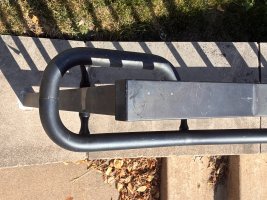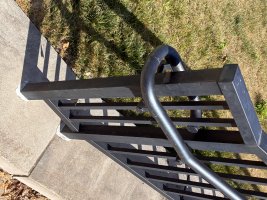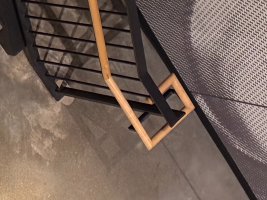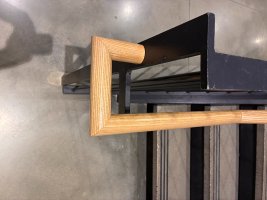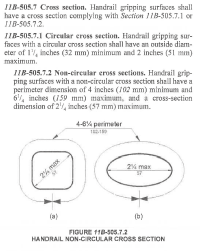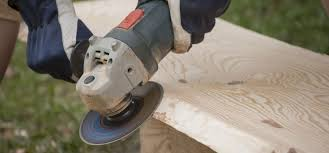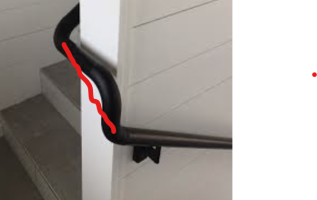m.r.scott2u
REGISTERED
In the IBC 2021 code 1014.6 on Handrails, it states that the handrail is required to return to the wall, and be continuous, among other things, but not important to this question. When I was in the field I always had inspectors tell me the continuous part meant you could not use a miter and had to use the premade cured 90 to return to the wall. Now that I'm in a different role and different area, contractors argue that part (the curve not the return to the wall) and miter the wood rail. Why can't the ICC -IBC book just say miters are or not allowed? Or am I missing something?

